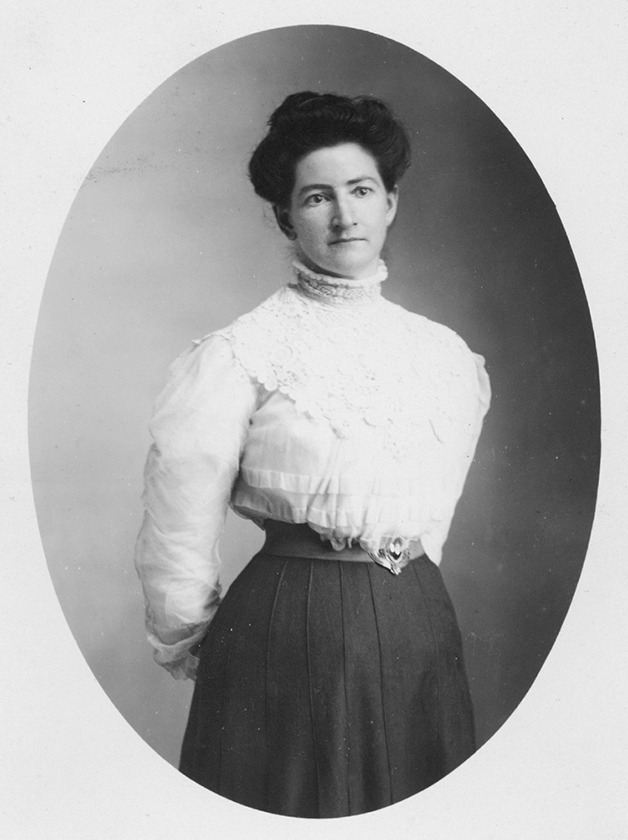Home to much of the fun at the annual Fall City Days festival, Quigley Park is named for Olive Taylor Quigley, the first girl born to white settlers in Fall City.
According to author Jack Kelley’s “History of Fall City,” Olive Maude Taylor was born on April 2, 1876 to David and Helen Taylor. As a teen, she worked in her family’s Taylor Hotel, and was there until it burned in 1902.
In 1918, she married Joseph Quigley. When he died 11 years later, she devoted herself to her friends, Fall City clubs and community service.
She was active with the Fall City Study Club, the Washington State Pioneers, the Fall City Methodist Church, Fall City Garden Club, and the Order of Eastern Star.
“Olive Taylor Quigley was much loved in the community,” relates Ruth Pickering of the Fall City Historical Society.
She was the source of many of the stories captured by Peggy Corliss in “Fall City In the Valley of the Moon,” published in 1972, the first book on Fall City history.
The future park, Kelley writes, was located on the south bank of the Snoqualmie River alongside downtown, was once a dumping ground with a mess of briers.
The west side was highway ditch, and the park area was lower than the road level.
“There was a trail that led from the road to the riverbank that Dad kept open with his weekly visits to the river to dump the ashes from our coal furnace,” Kelley remembered.
In the 1940s, Chet Bluher, a foreman for the Washington State Highway Department, began looking for a spot to dump leftover dirt from road projects.
He noticed the low-lying area along the bank, and decided to fill it in, clearing the mess in the process.
“About 1949, the State trucks became regular visitors to the area,” writes Kelley. “After about ten years, the area began to look quite respectable… Chet salvaged a couple of picnic tables and placed them there. By 1960, the roadside park was being used by the community and travelers.”
In 1961, the Fall City Study Club, looking for a way to honor Olive Taylor Quigley, decided to name the new park after her, and a monument was planned.
“As was generally the case when an event focused on Olive,” writes Kelley, “she was embarrassed by all the attention. It was during the dedication ceremonies that we all discovered what a role model Olive Quigley was.”
She died at age 98 on April 10, 1974, and is buried in the Fall City Cemetery.
Quigley Park was cared for by the community until the King County Parks Department took over in 1989.
“Prior to that, I mowed the grass for ten years, and Jean Furstnow mowed it before me,” recalled Kelley. “All of us who knew Olive Quigley are honored to keep her memory alive.”


